In the West, every time the grandparents' death anniversary comes, the aunts and uncles in the family often gather a day before to wrap banh tet and banh it.
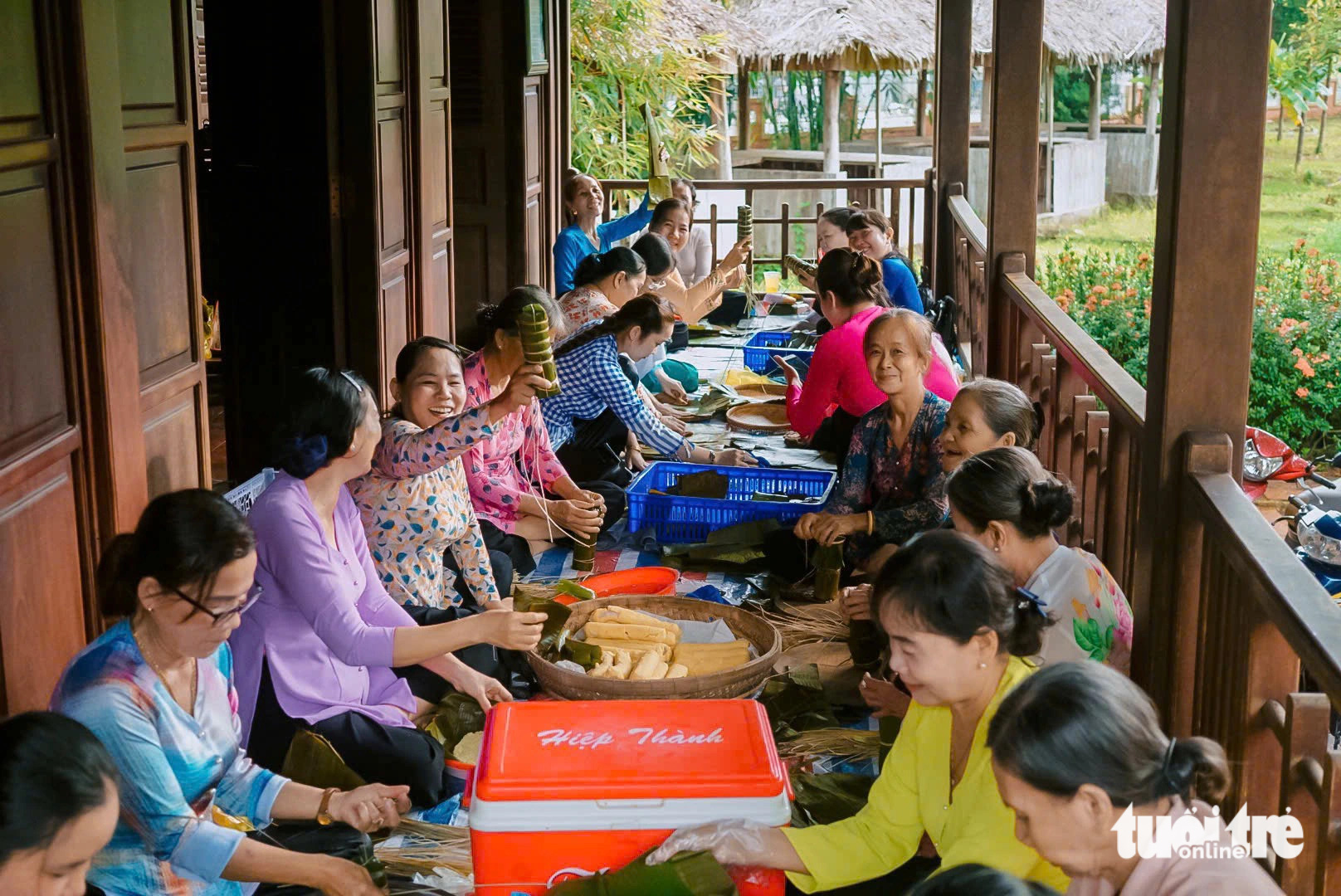
Women in Cao Lanh city wrap banh tet to celebrate the 95th death anniversary of Nguyen Sinh Sac - Photo: TONG DOANH
Death anniversaries in the West usually have two offerings: the evening before is called the first offering, and the morning after is called the main offering.
The whole family gathered to wrap banh tet.
On the anniversary, the children and grandchildren in the family will gather a day before. And that afternoon, there will be a family meal called the "tray of immortals" with familiar dishes such as bitter melon soup, duck stewed with ginger, stir-fried dishes, savory dishes...
On the day of the ancestral altar offering, the aunts and uncles will wake up early to prepare banh tet and banh it for the death anniversary. The children and grandchildren who arrange to come home early to join in making the banh tet will have a happy and proud family.
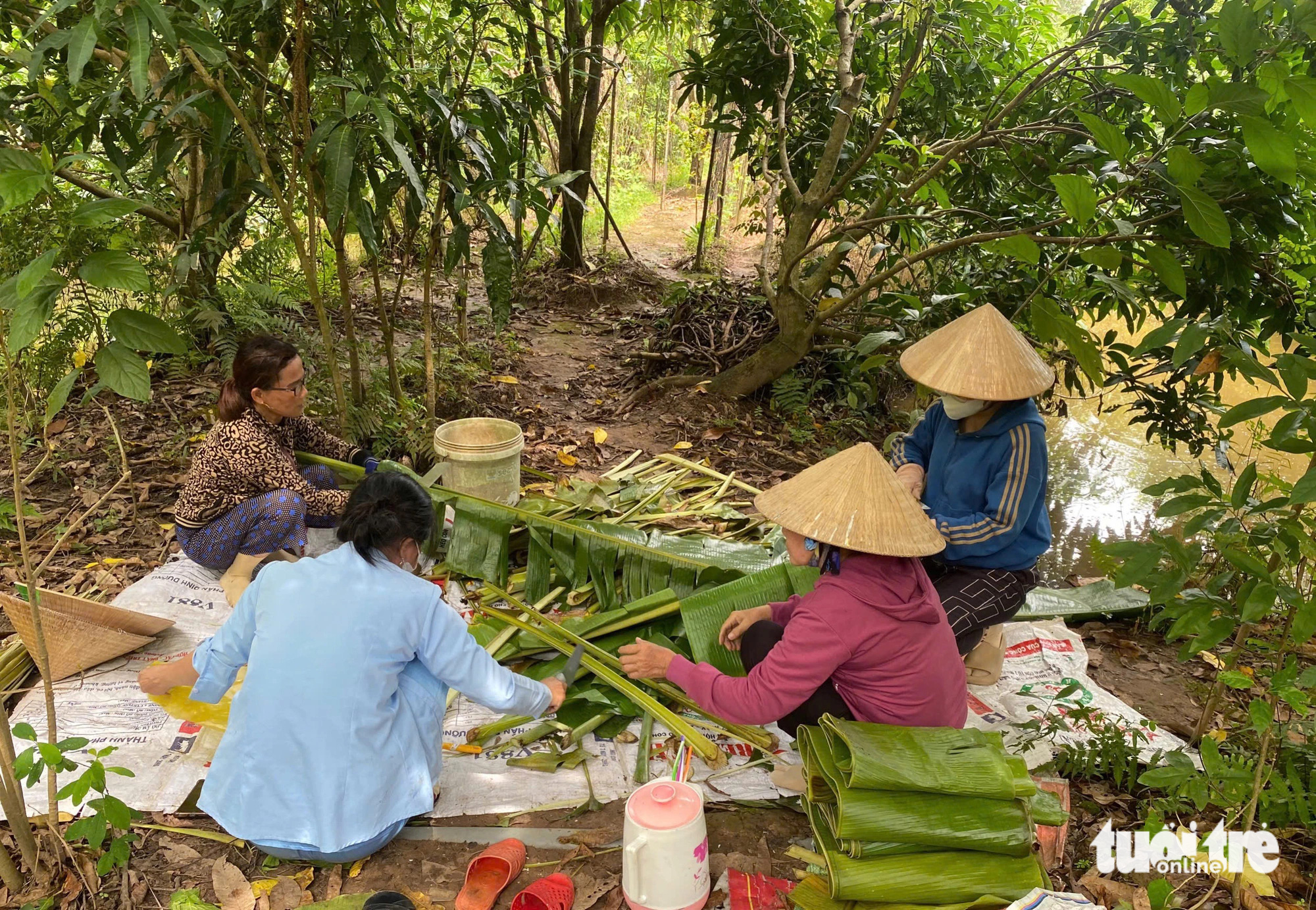
Cut banana leaves to prepare to wrap banh tet
To wrap banh tet, two or three days before, my mother and grandmother go out to the garden to poke banana leaves, dry them in the sun until they wilt, then separate the leaves and stems.
After cutting the leaves, do not wash them with water, but use a towel to wipe off the dust and chalk on both sides, then tear them into small and large pieces to wrap the cake. The banana stems will be split into small fibers and then dried to be used to crack (tie) the banh tet.
The sticky rice is soaked overnight before wrapping the cake, then washed thoroughly the next morning, drained, and mixed with black beans, dried coconut, pandan leaf water (to create green color and aroma), seasoned with a little salt and sugar. The cake crust is done.
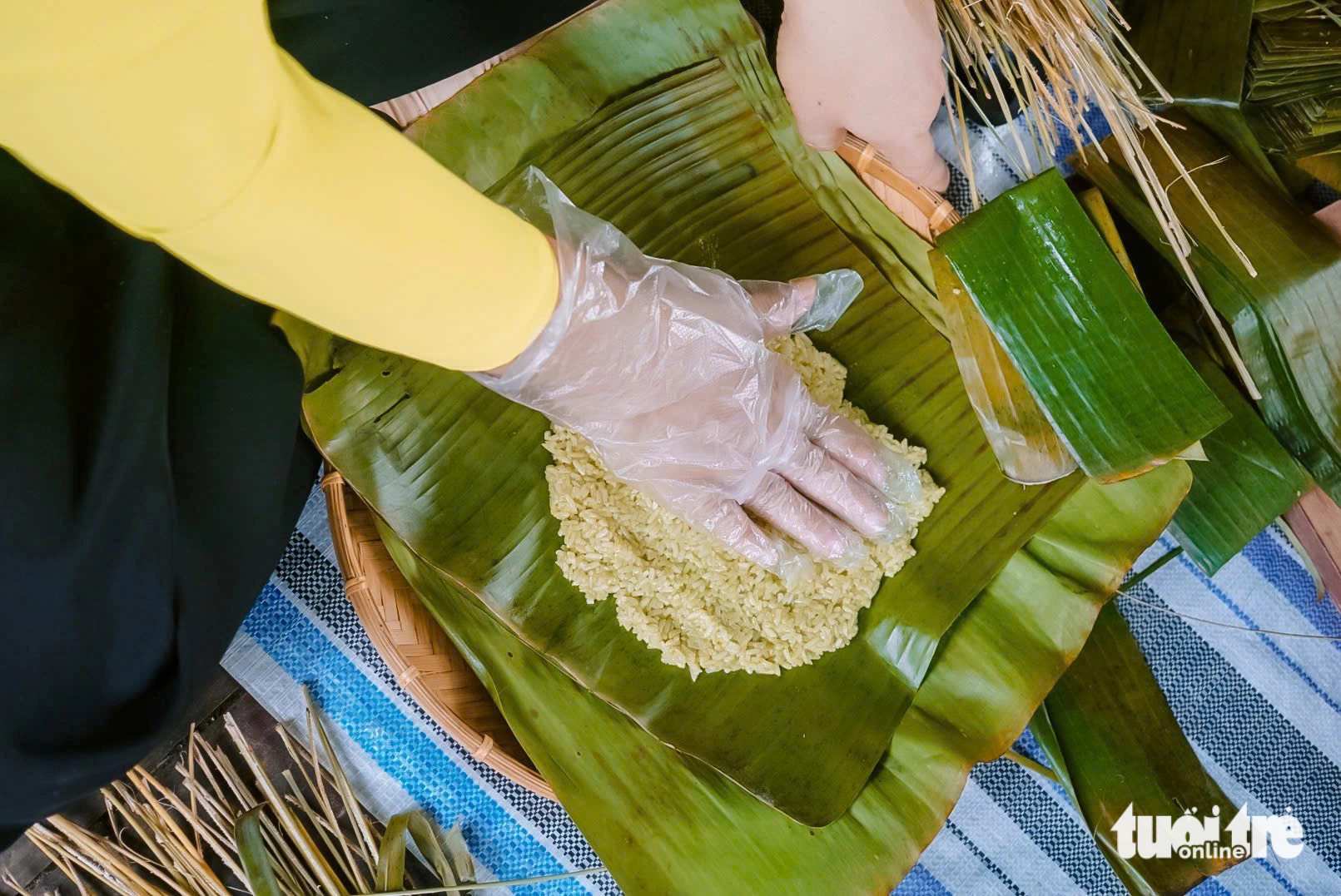
The sticky rice used to wrap banh tet is mixed with pandan leaves to create a green color and a light aroma when eaten.
The usual fillings are of two types: banana and mung bean. Later, there were many variations of other fillings such as: sweet filling (mung bean mixed with palm sugar), pork and mung bean filling, pork fat and mung bean filling.
The most important part is wrapping the cake, usually done by experienced aunts and uncles, while the younger children and grandchildren can join in to make the family happy.
The whole family gathers from early morning until noon when the sun rises to finish wrapping the cakes, depending on the number of cakes and the number of participants.
Banh tet is cooked for 6-8 hours, then taken out and offered on the ancestral altar along with other flowers and fruits.
Making banh it is simpler, but still involves many steps: mixing rice flour to make the crust, cooking mung beans to make the filling, wrapping in banana leaves, and steaming. Banh it is quicker to make and cooks faster, so families that have small memorial services only wrap banh it.
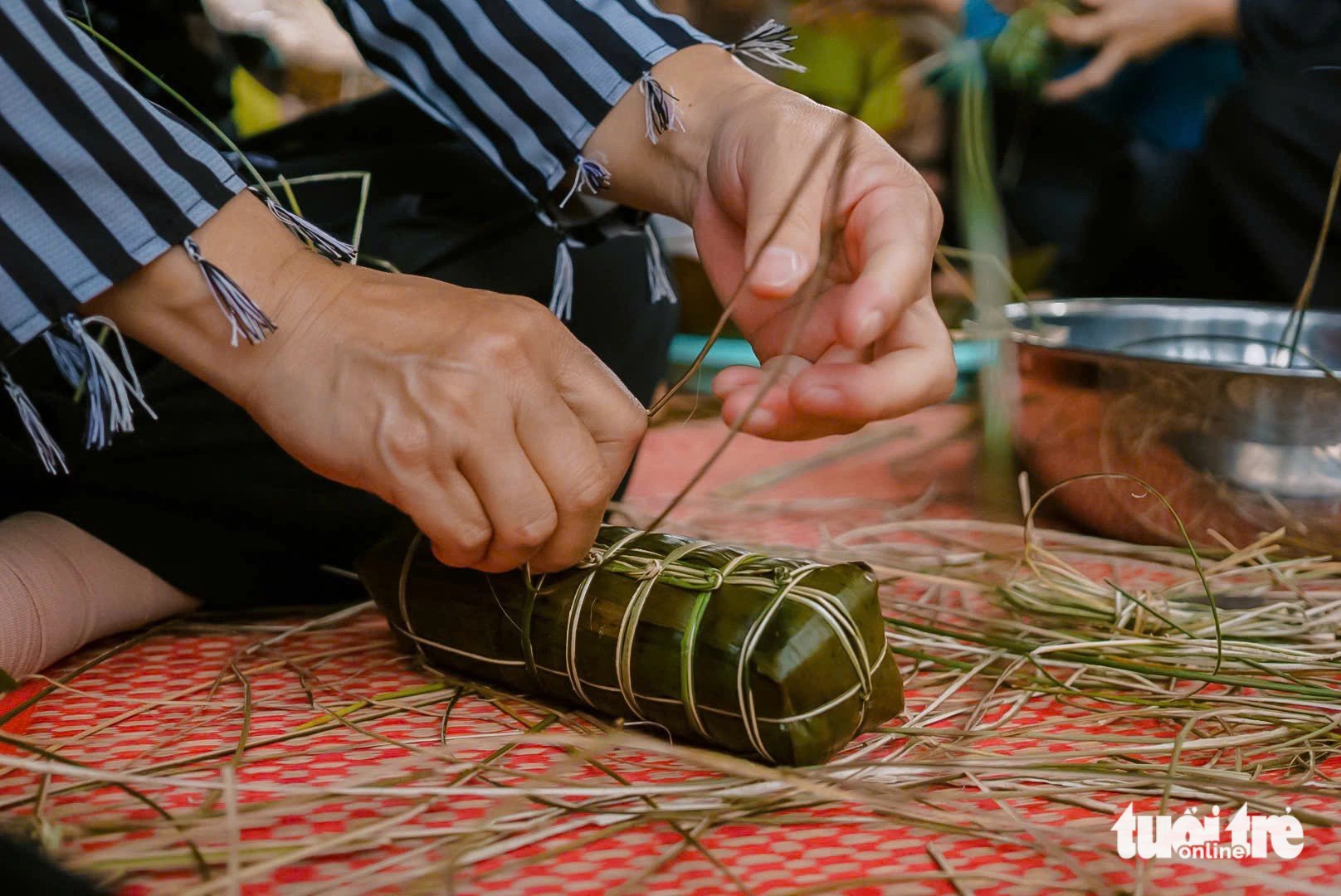
The banh tet cakes are made of sturdy banana strings so that when cooked, water will not seep inside.
First worship ancestors, then give to neighbors
Early in the morning of the main anniversary day, the main offering tray is placed on the ancestral altar with more diverse and elaborate dishes such as curry, braised pork with duck eggs, hot pot, cu lao, banh xeo, banh tet, banh it...
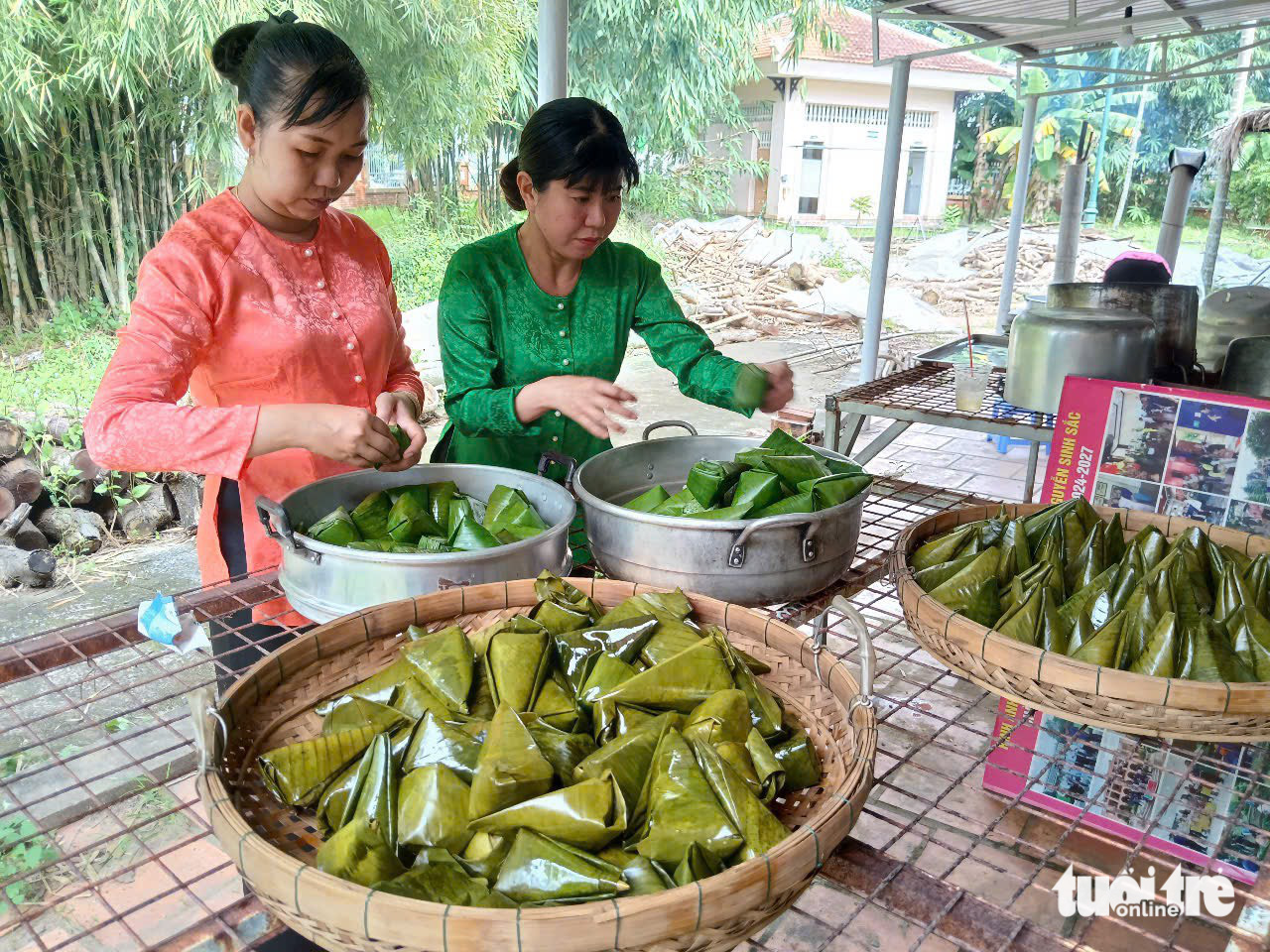
The steamed cakes are displayed on the tray, continue steaming another batch of cakes.
Banh tet and banh it are considered indispensable traditional dishes in death anniversaries in the West. Guests arrive early, the host brings out a plate of banh tet and places it on the table, accompanied by hot tea, and sits chatting and asking each other about the party.
After returning from the death anniversary party, each relative and friend carried a large or small bag containing banh tet and some banh it as gifts for their children and grandchildren at home.
This is considered a unique cultural feature here. Whenever children come home from school and see a banh tet, they automatically understand that there is a death anniversary in their neighborhood today.
Source: https://tuoitre.vn/vi-sao-dam-gio-o-mien-tay-nha-nha-goi-banh-tet-20241201111210343.htm



![[Photo] Looking back at the impressive moments of the Vietnamese rescue team in Myanmar](https://vstatic.vietnam.vn/vietnam/resource/IMAGE/2025/4/11/5623ca902a934e19b604c718265249d0)



![[Photo] "Beauties" participate in the parade rehearsal at Bien Hoa airport](https://vstatic.vietnam.vn/vietnam/resource/IMAGE/2025/4/11/155502af3384431e918de0e2e585d13a)
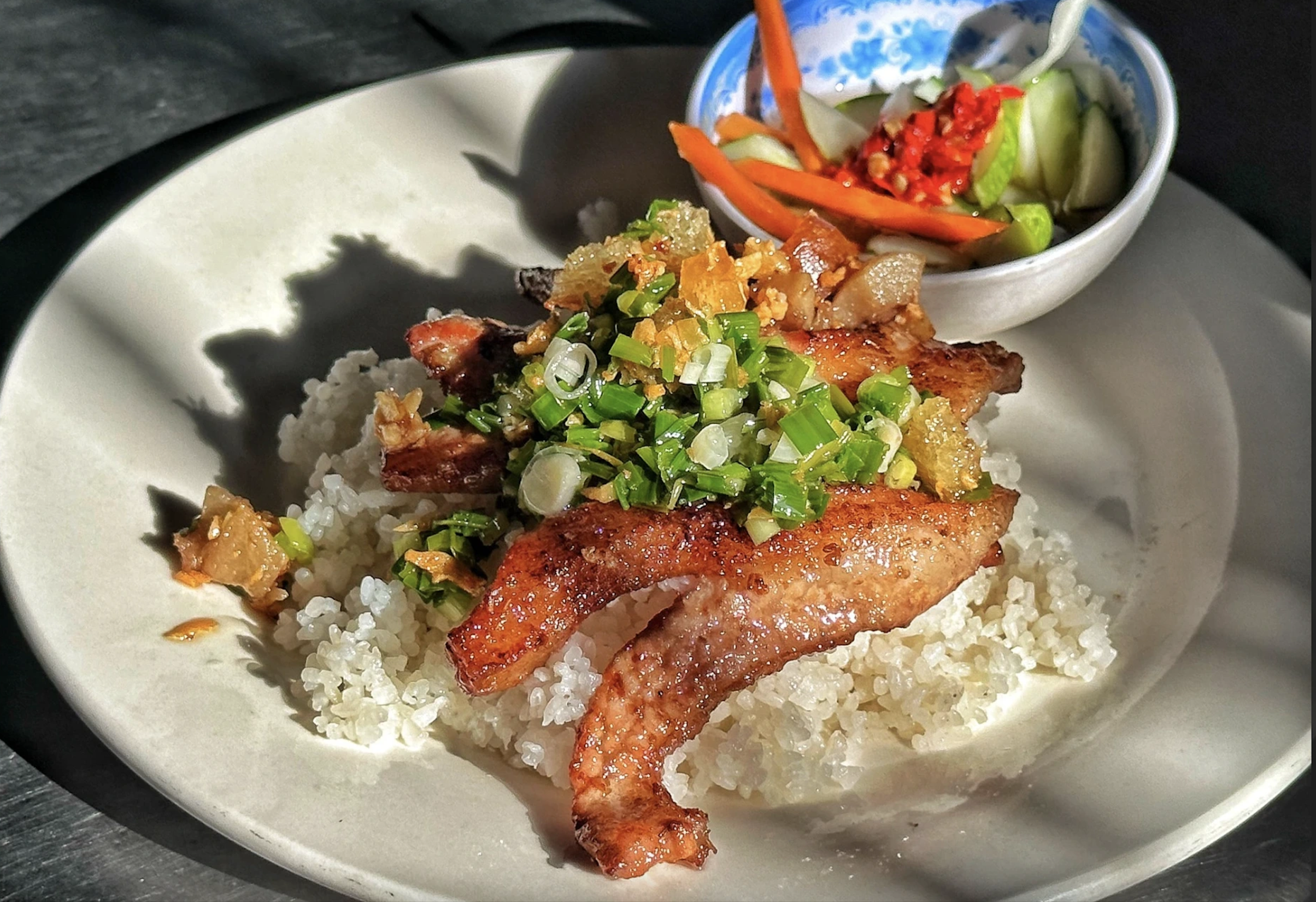

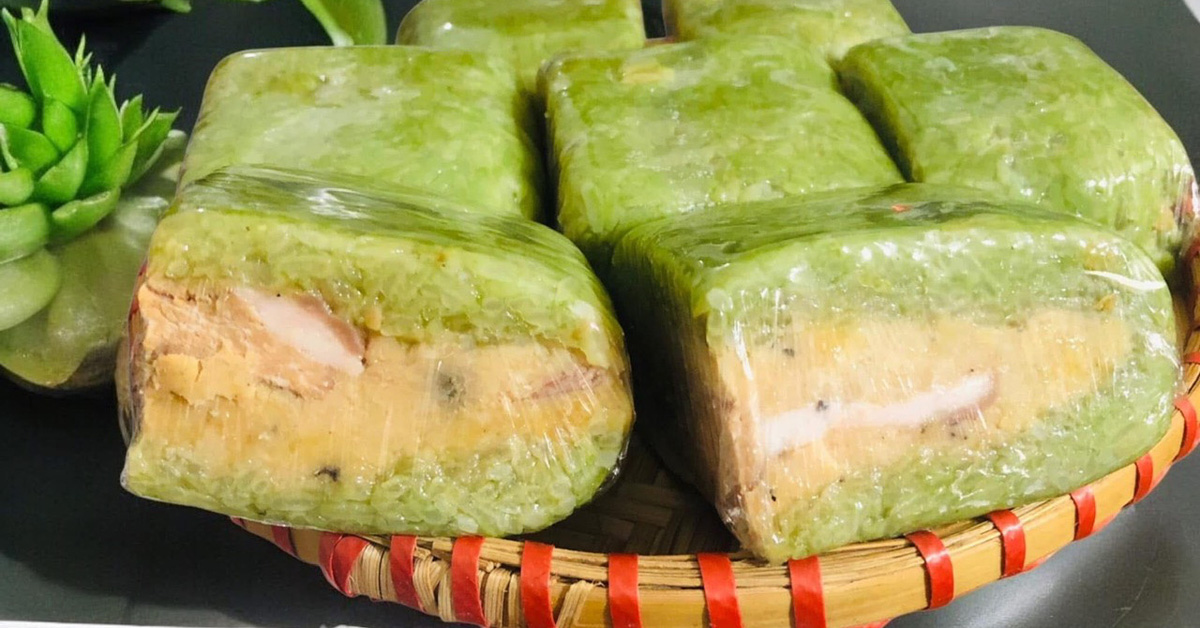
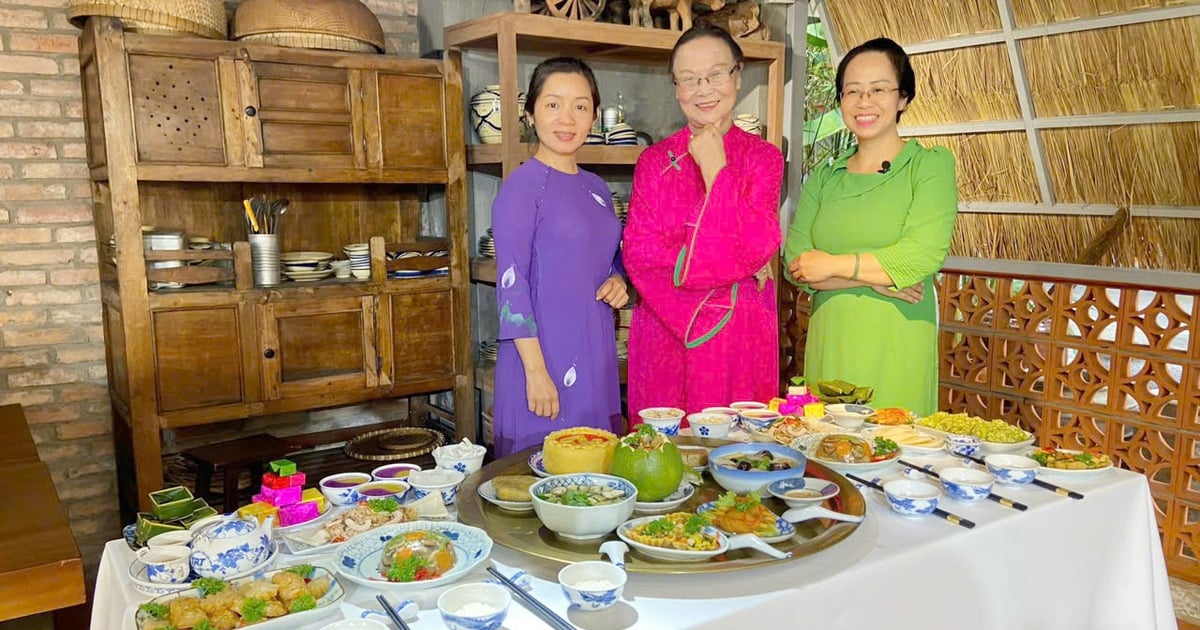
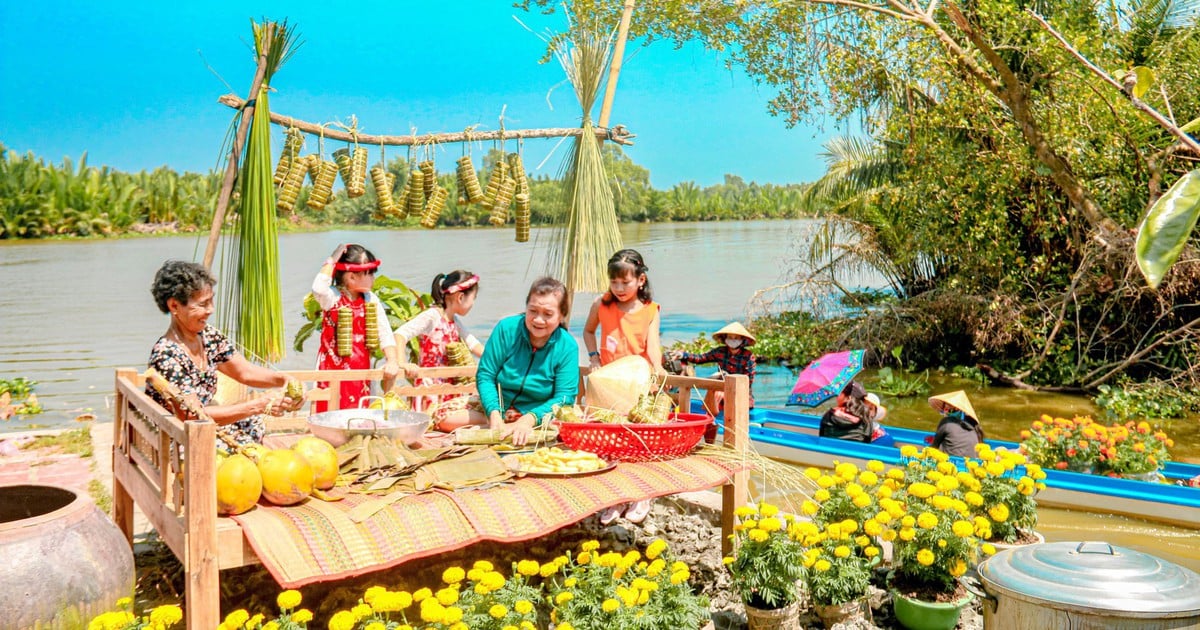
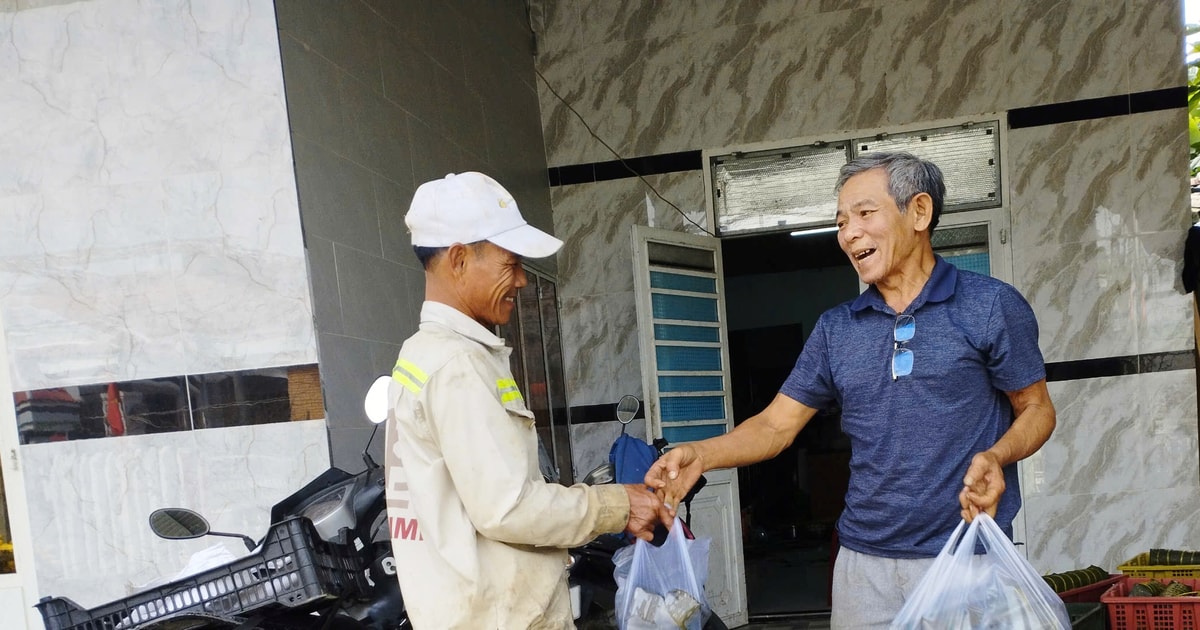

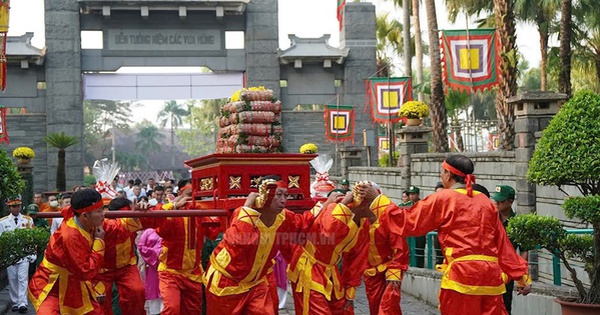

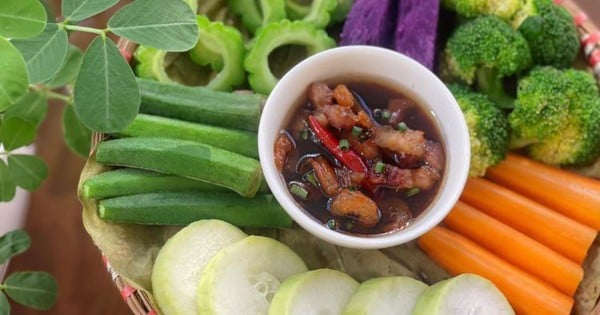
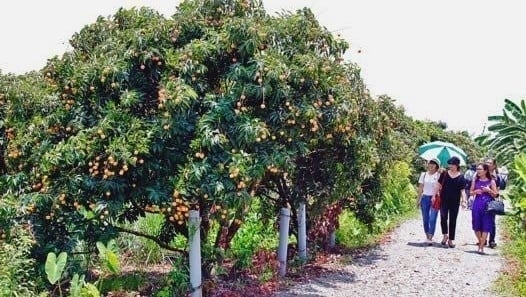
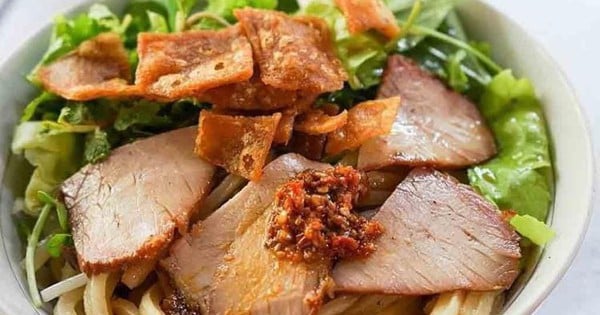
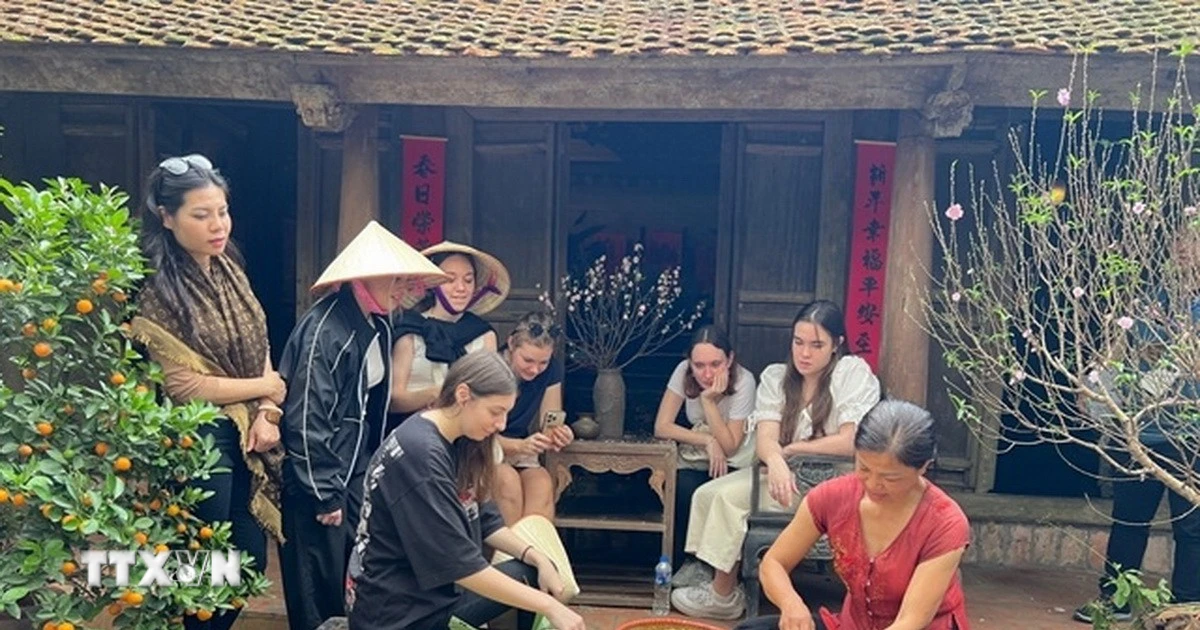
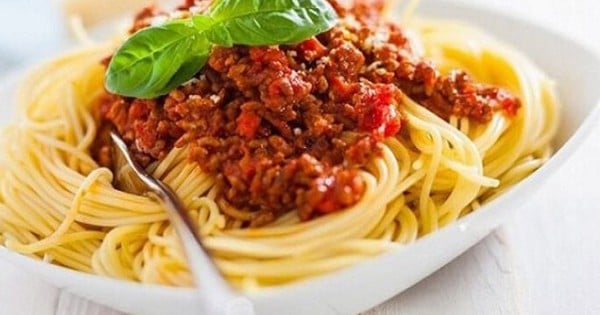
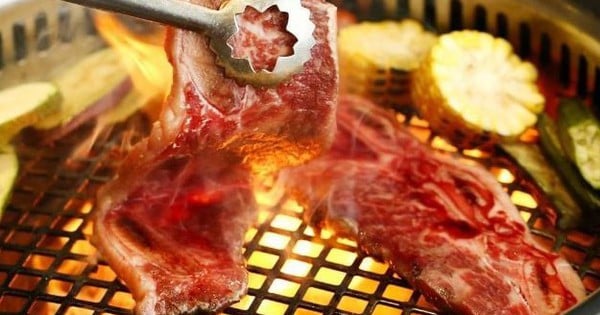


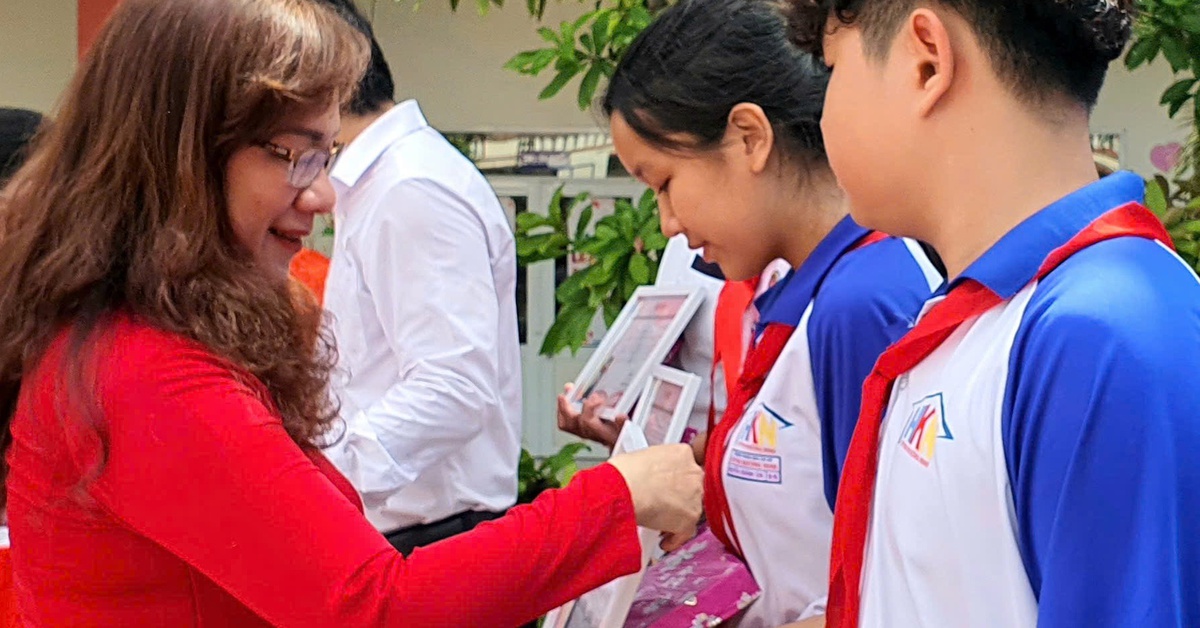
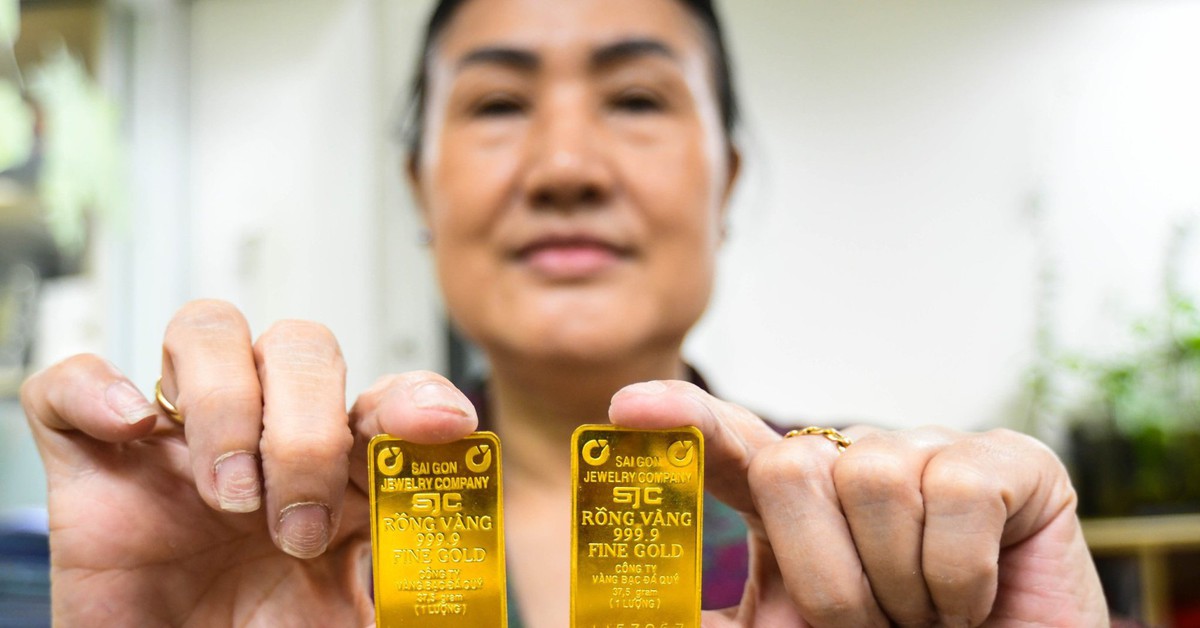



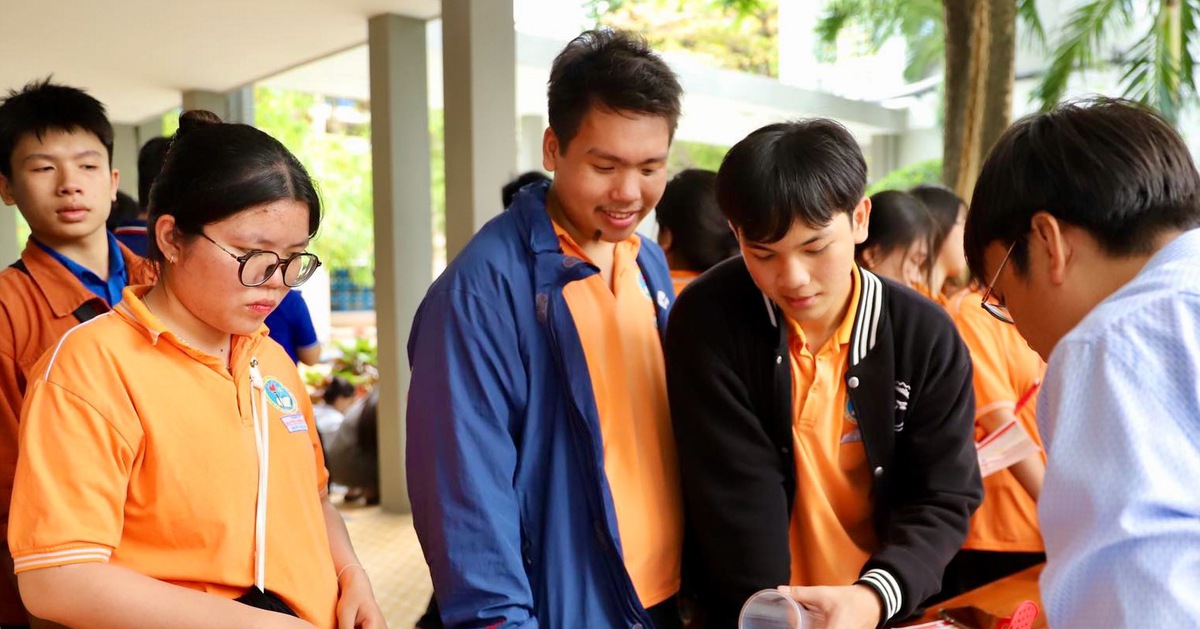
![[Photo] Summary of parade practice in preparation for the April 30th celebration](https://vstatic.vietnam.vn/vietnam/resource/IMAGE/2025/4/11/78cfee0f2cc045b387ff1a4362b5950f)











































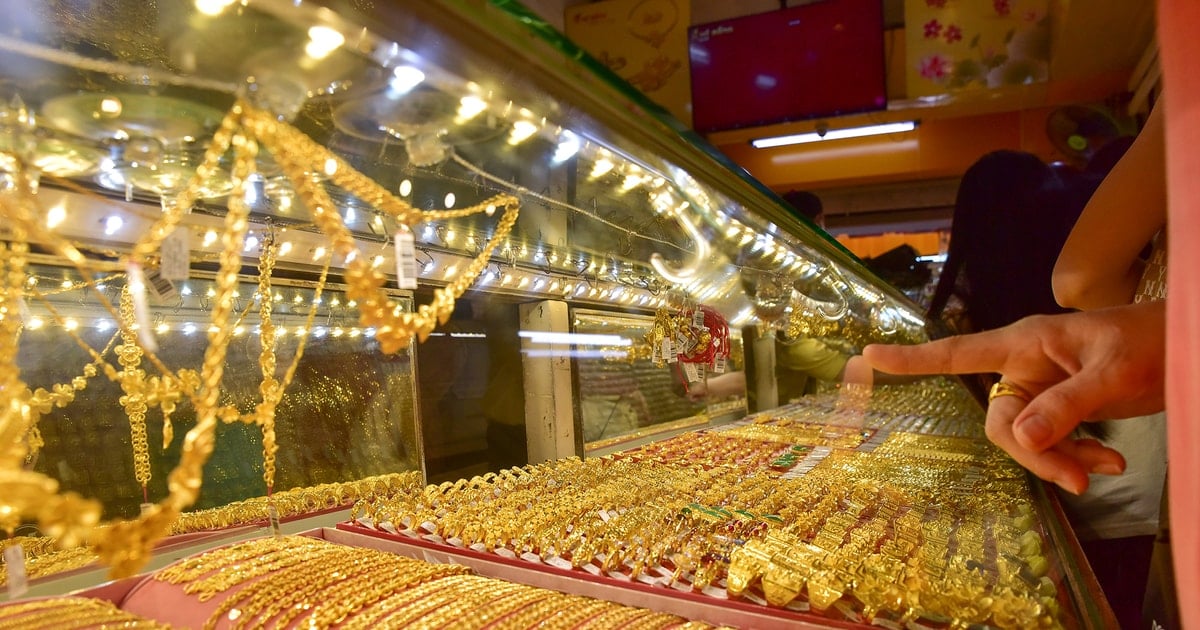
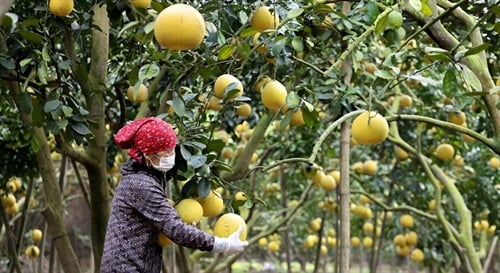














Comment (0)